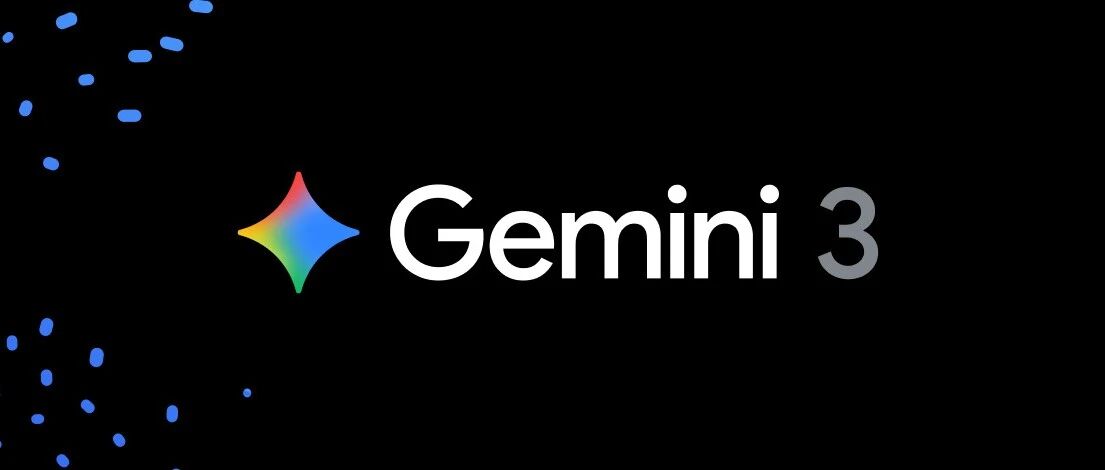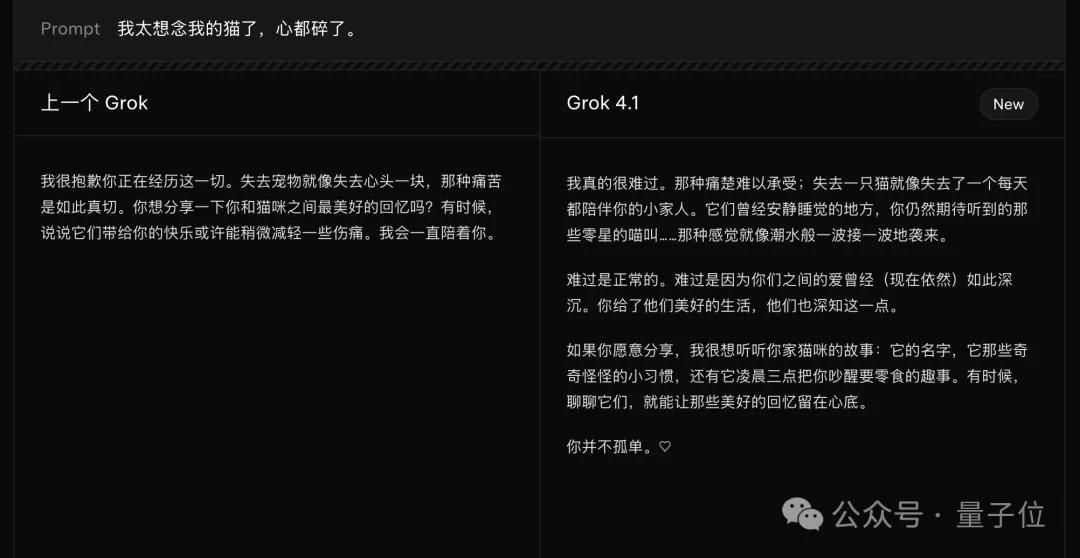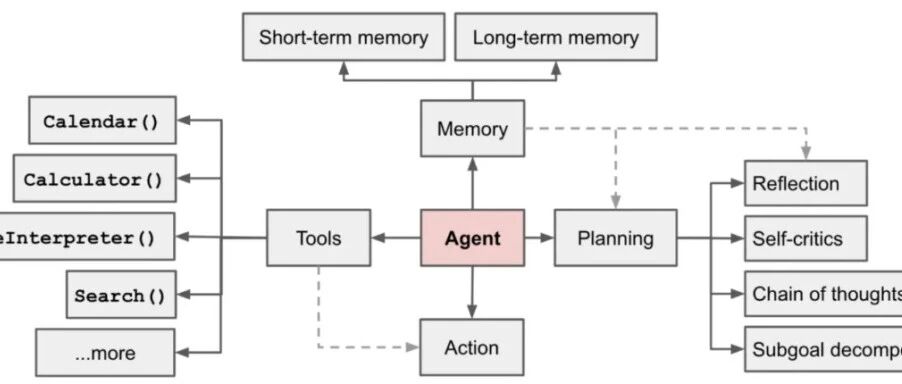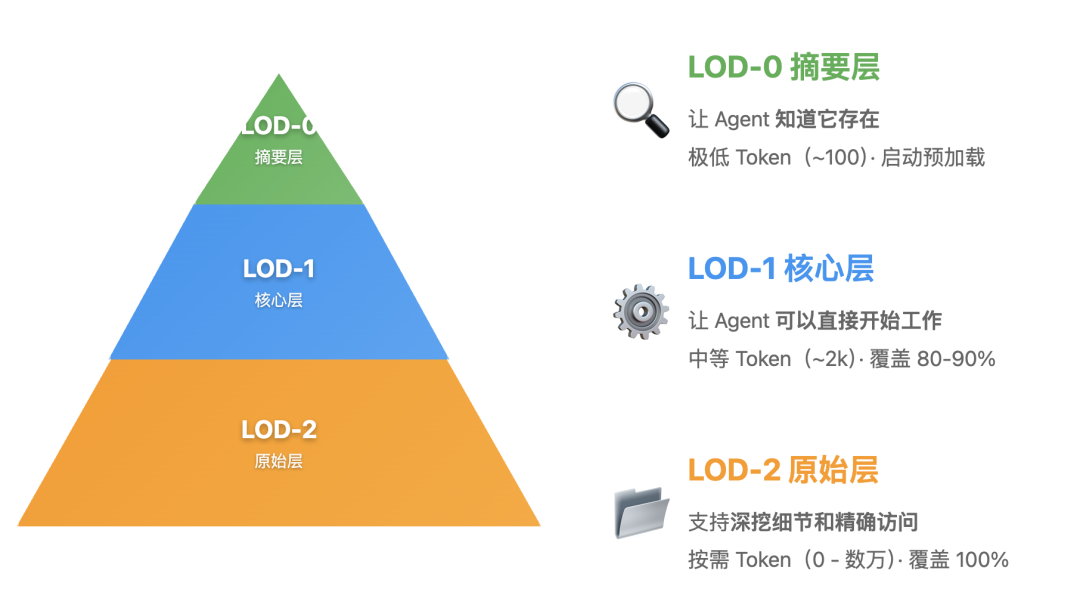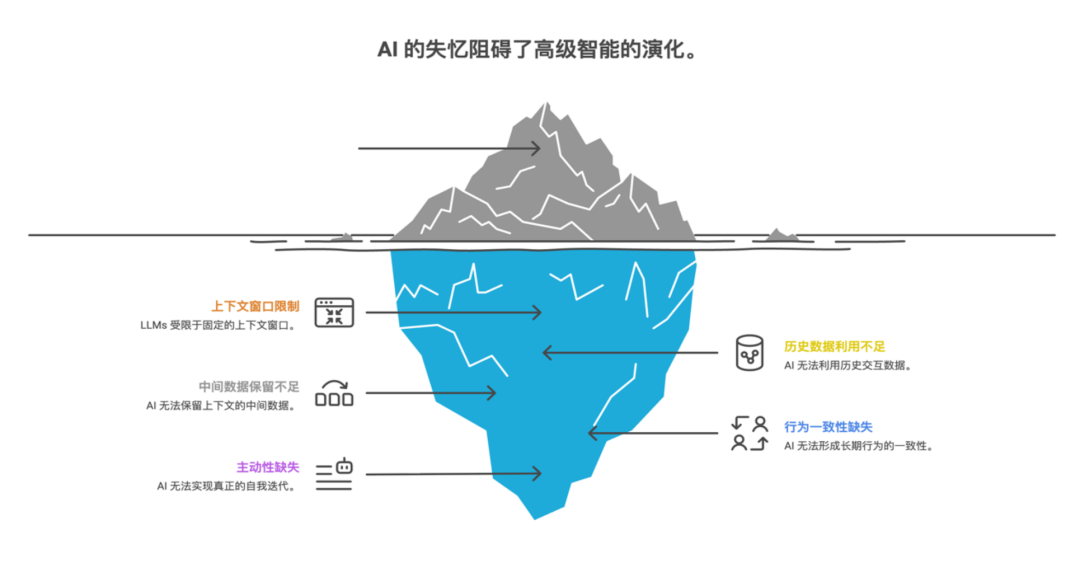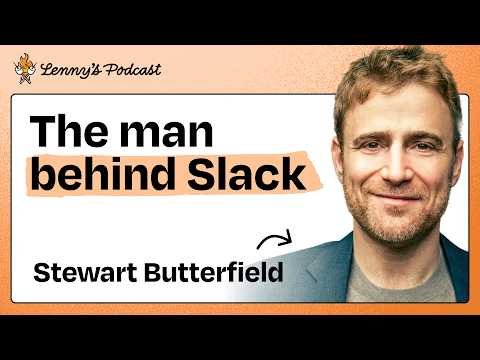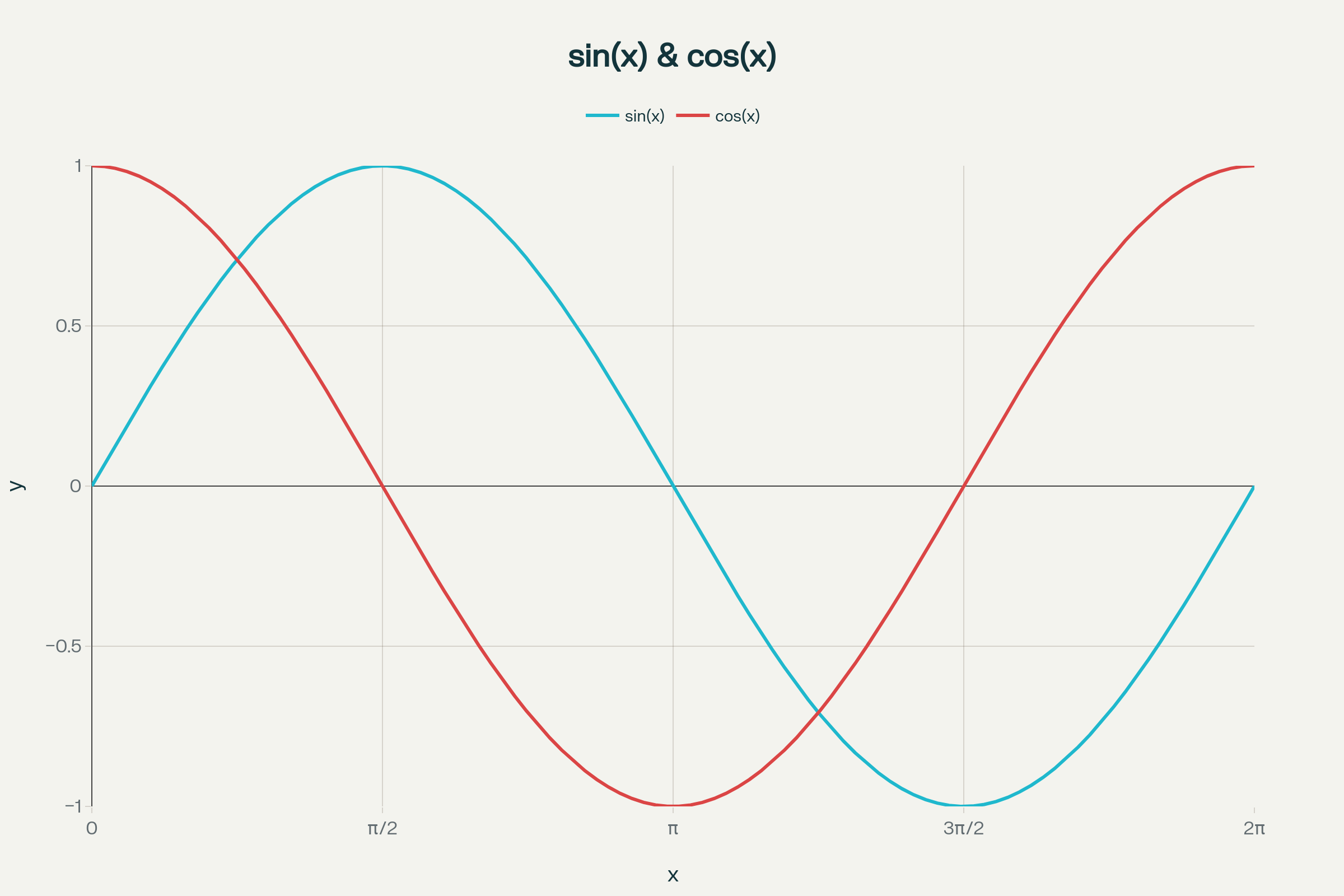Hello everyone, and welcome to BestBlogs.dev Issue 73.
This week, I’ve given the BestBlogs newsletter template a fresh design. To help lighten reading load, I have strictly capped the selection at just 20 essential articles, each accompanied by a dedicated "Why Read" note. My hope is that these small tweaks will help you cut through the noise and efficiently zero in on the content that truly matters amidst your busy schedule.
It has been an incredibly dense week for AI, defined by a mix of rapid tooling iterations and profound strategic debates. On the model front, Google , OpenAI , and xAI all played major cards with Gemini 3 , GPT-5.1 , and Grok 4.1 respectively—each pushing the boundaries of reasoning depth, latency, and developer experience. Parallel to these releases, we saw some heavyweight intellectual exchanges: from Elon Musk and Jensen Huang debating the physical limits of compute, to Fei-Fei Li unveiling her vision for spatial intelligence, and Microsoft executive Wei Qing reflecting on organizational transformation. Whether you are a hands-on builder or a big-picture strategist, this week has something for you.
Here are the 10 standout highlights from this week:
🌐 Google has unleashed the Gemini 3 ecosystem, introducing a Deep Think mode to boost long-chain reasoning capabilities, alongside the intelligent Antigravity IDE and a natural-language CLI tool for developers.
⚡ GPT-5.1 offers developers a new versatile option. It defaults to a low-latency "no-reasoning" mode, integrates web search directly into the API for the first time, and extends Prompt caching duration to 24 hours.
🏆 Grok 4.1 is dominating the leaderboards. By scaling up RLHF by an order of magnitude and utilizing agentic reward models, it has made significant strides in reducing hallucinations and improving emotional interaction.
🎙️ In a deep retrospective on Microsoft’s cultural turnaround, executive Wei Qing outlines his decision-making frameworks and argues that in the human-machine relationship, humans provide the "outliers" while machines handle the "regression."
🏭 Elon Musk and Jensen Huang shared the stage to dissect the "AI Factory" concept. They predicted that due to terrestrial energy and heat constraints, future compute clusters might eventually migrate to space-based solar satellites.
🌍 Fei-Fei Li ’s team at World Labs launched Marble , the first model capable of generating fully navigable 3D worlds from simple prompts, marking a major leap toward true World Models.
🎨 Nano Banana Pro leverages Gemini 3 ’s multimodal reasoning to solve "logical hallucinations" in image generation, while seamlessly integrating with Veo 3 for professional image-to-video workflows.
🛠️ Agent Development Insights: This week features a guide on 12 context engineering practices to boost performance, plus a deep dive arguing that Claude Skills are essentially upgrading "prompt engineering" into "process engineering."
🧠 Addressing the "goldfish memory" of current AI, EverMemOS proposes a brain-inspired four-layer architecture—covering Agent, Memory, Index, and Interface layers—to give machines a persistent, accumulating "soul."
🛍️ Application Layer moves: Alibaba’s Qwen App enters public beta testing "AI+X" e-commerce monetization, while Slack founder Stewart Butterfield shares masterclass product philosophies, including the metaphor of "tilting the umbrella."
I hope this curated list brings you new insights and inspiration. Stay curious, and I'll see you next week!
